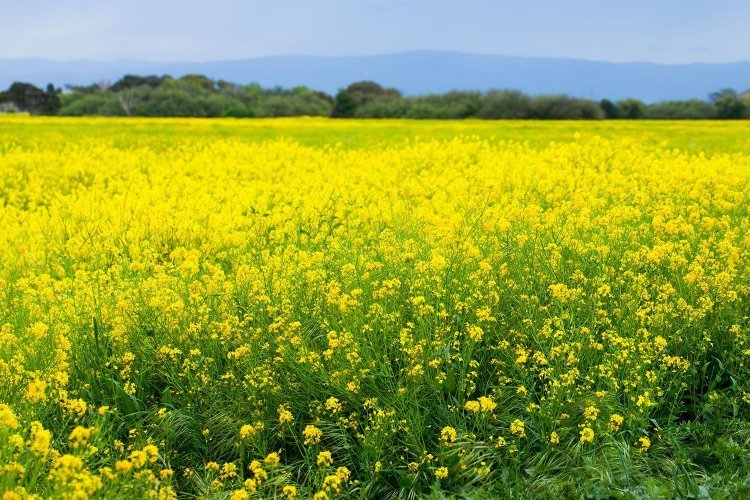
After Rajasthan & MP, Punjab would have Mustard Model Farms
The initiative will focus on increasing the production, making it remunerative for farmers
The Rising Panjab Bureau
If everything goes well “Yellow Revolution” (Mustard crop) shall start from Sangrur district in Punjab and would later on spread across the state, as The Solvent Extractors’ Association (SEA) has undertaken a Mustard Mission along with Solidaridad Network to help increase oilseed area and production.
As part of the initiative, it will develop Mustard Model Farm Project in Punjab on the lines of Rajasthan and Madhya Pradesh which are already giving economic benefits to the farmers of respective states. It is pertinent to mention here that since last three years, SEA is running Mustard Model Farm Project Programme in Rajasthan and Madhya Pradesh. The project has shown that the productivity can increase by nearly 50% and thus lead to substantial increase in the farmer’s income.
This can be achieved by enhancing the productivity by providing better inputs and technology to farmers and encouraging the crop diversification from water-intensive surplus wheat to Mustard.
In Punjab, MSP driven production of Wheat has certainly assured a ready market and good returns to the farmer but created huge anomalies and demand supply mismatch. So, it is necessary to divert some land in Punjab from wheat to Rapeseed or Mustard in Rabi Season.
In the state, around 35 lakh hectares is earmarked for wheat cultivation. Assuming if the farmers are able to shift 50% of the available land for mustard by 2025-26(through better incentive for shifting) the additional available crop would be around 26 lakh tonnes of mustard whose translate into hoping 10.11 lakh tonnes of additional oil. Presently around 50,000 hectares in Punjab are under mustard cultivation.
According to experts, the Punjab’s farmer is the most progressive farmer in the country and if he undertakes diversification of area from wheat to Mustard; it will be a win-win situation by way of reducing overstock of wheat and increase in rapeseed production. This would also reduce the import of edible oils as well as doubling the farmers income.
Recently, in order to convince the farmers for diversification and by establishing Mustard Model Farms in ensuing Rabi season, SEA under SEA- Solidaridad Mustard Mission Programme, supported by Ricela Foundation, a leading company producing Ricebran oil from Dhuri, organised a “Farmers Meet” at Sangrur (Punjab). The association has already started Modern Farm registration process in Sangrur for mustard crop plantation.
Since, annually, India spends around Rs 1.5 lakh crore of foreign currency to import edible oils which can be saved through this project. Considering the potential of mustard crop and the demand-supply gaps in the edible oil in the country the government should take up mission mode actions for replacing the cereal based mono-cropping i.e is wheat with the rape seed or mustard as an alternative cropping system in Punjab.
So, the Mustard Model farms should be implemented with the objectives to demonstrate the improved seed varieties and technologies among farmers. The model farms have significantly contributed towards yield in announcement of up to 50% in Rajasthan this is also contributed towards the increase in area under master crop in the major producing areas the model can be replicated.
Your email address will not be published. Required fields are marked *
29 Jan, 2024
29 Jan, 2024
29 Jan, 2024
25 Jan, 2024